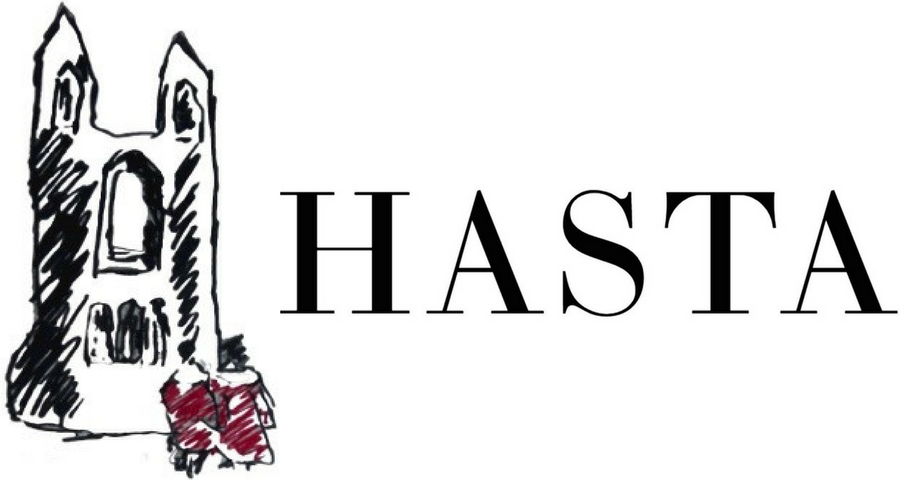Nude vs naked: What do we teach the kids?
By Mercedes Weidmer
This past summer, I worked in the education department of a museum. We organized various summer camps and activities for children of all ages, to (hopefully) instill a passion for art, if not just a good artsy time. However, my fellow interns and I came across an interesting predicament: we could were not allowed to dwell on works that contained nudity or the program could receive complaints from parents.
As art historians, we are oblivious to the nakedness we see in art, seeing only the beauty of form, line and color. We don’t see a naked woman, but a beautiful nude. We recognize it as an important motif in art history – everyone from Titian to Degas and further has made their contribution to this age-old motif. It is easy to forget then that to an untrained eye, these figures so masterly presented before us are clothes-less, naked even. To us, sharing our passion for art naturally included works that happen to contain nudes, it seemed inevitable. To some parents though, these works were deemed inappropriate to show to young children
Now I am not placing judgment here: to each to his or her own, it is the parents’ decision alone how to raise their children. What interests me is the way these images are being perceived. Does it really take art historical training or simply art appreciation to be able to discern the difference between nudity and naked-ness? Furthermore what are the implicative differences between ‘nude’ and ‘naked’?
To me, ‘nude’ suggests a certain sophistication attached to an artistic aura that removes it from any shame or embarrassment. A nude person is, yes, lacking clothing, but almost with a sense of dignity attached. A naked person implies a vulnerability in their lack of clothing, a shame at their naked-ness. In art (traditionally) nakedness is referred to as nude… but is this just because of the prestige tied to an artwork? Does a body painted mark a difference in the way we perceive lack of clothing? Perhaps this also involves socio-historical questions of status. Take any painting by Titian or Veronese for example, surely these gods and goddesses in all their glory are considered nude and not naked? How does it change when we look at nudes by Manet or Degas, whose women are notably of a lower class (prostitutes)? As we all know, Manet’s Olympia calls upon the tradition of nude, but subverts it by placing it not only in the context of a brothel but by leaving certain elements of clothing (shoes, necklaces, jewelry) that draw attention to her naked-ness. Thus the state of being disrobed is instinctually tied to questions of class, status and sex. Prostitutes, due to their social status and profession can only be considered naked, as their lack of clothing is considered morally depraved. Greek goddesses however, due to their status in mythology can be considered in the higher rank of nude.
So what is it that makes these works unacceptable to show to young children? Their sheer lack of clothing or the moral implications of such a state? Surely a naked body is a naked body… or is the context in which these bodies presented to us everything? If two paintings sit side-by-side, one with a naked woman in a state of ‘moral depravity’, and the other in a more elegant state, which naked body is more scandalous? Isn’t it important to instil in our children a notion of the beauty in artistic nudity, even nudity in general? It is our birthday suit after all, as natural as it gets. Do we really live in a society that is propagating shame in the natural?



